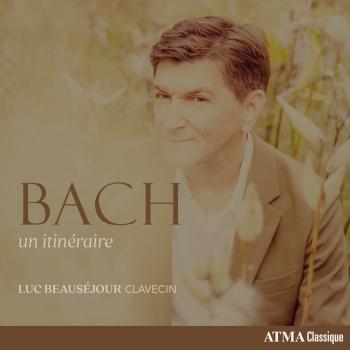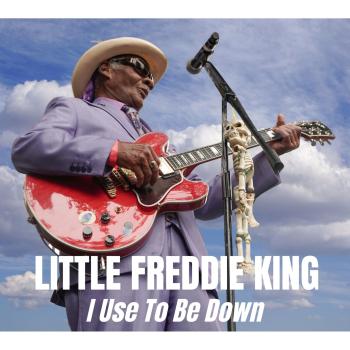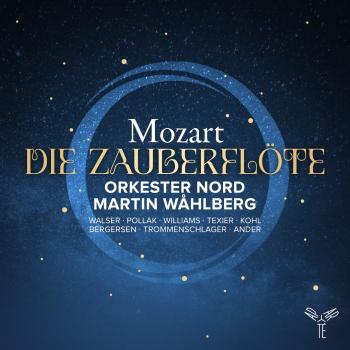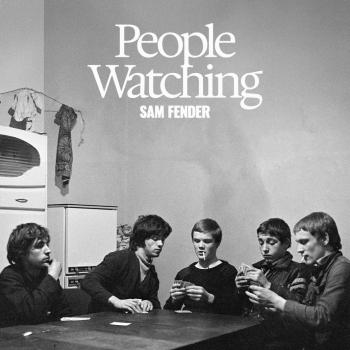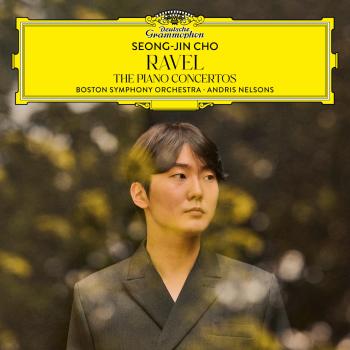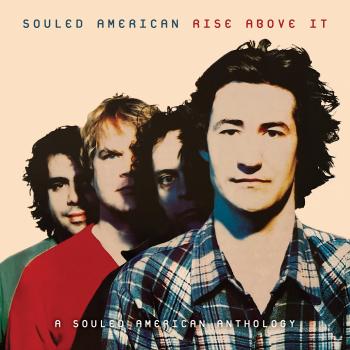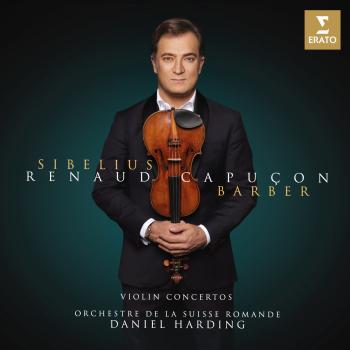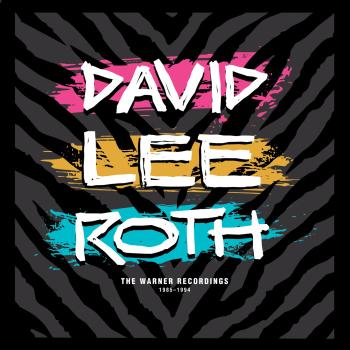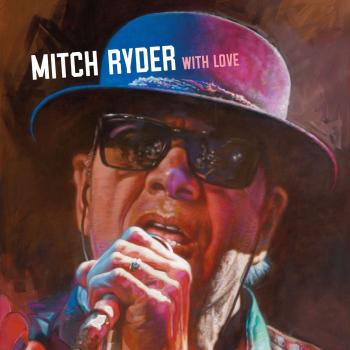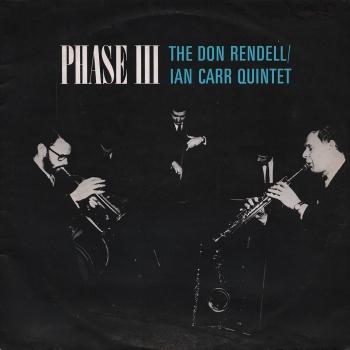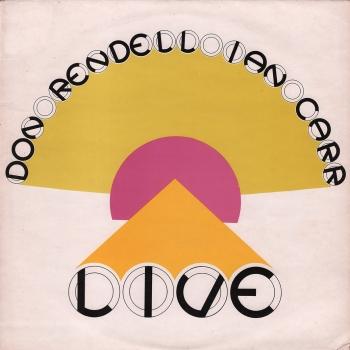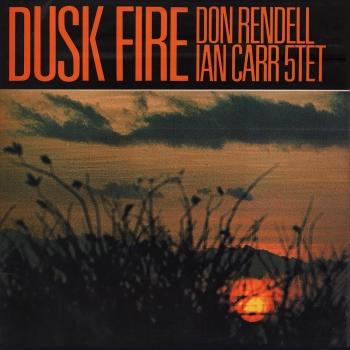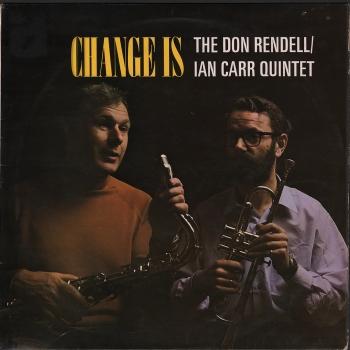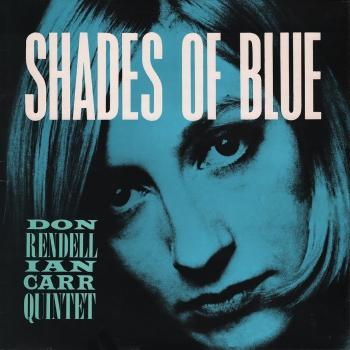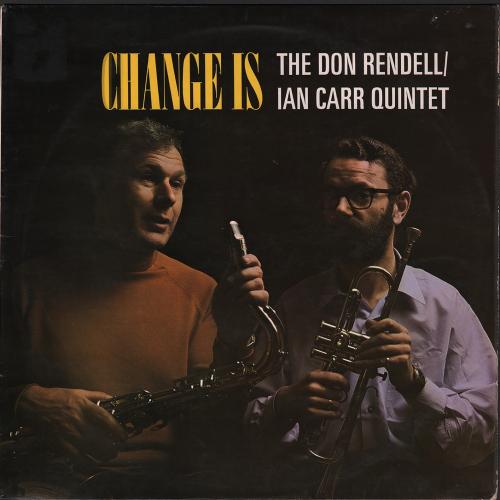
Change Is The Don Rendell / Ian Carr Quintet
Album info
Album-Release:
1969
HRA-Release:
07.12.2018
Label: A Decca Records Release (Lansdowne Jazz Series); ℗ 2018 Universal Music Operations Limited
Genre: Jazz
Subgenre: Free Jazz
Album including Album cover
I`m sorry!
Dear HIGHRESAUDIO Visitor,
due to territorial constraints and also different releases dates in each country you currently can`t purchase this album. We are updating our release dates twice a week. So, please feel free to check from time-to-time, if the album is available for your country.
We suggest, that you bookmark the album and use our Short List function.
Thank you for your understanding and patience.
Yours sincerely, HIGHRESAUDIO
- 1 Elastic Dream 05:56
- 2 One Green Eye 02:57
- 3 Boy, Dog And Carrot 13:47
- 4 Cold Mountain 09:51
- 5 Black Hair 05:20
- 6 Mirage 08:57
Info for Change Is
Many have tried - and failed - to reissue these albums by legitimate means. However, two decades since our initial approach, Universal Music has gone to great lengths to research their vast archives, and we have finally managed to succeed.
The band played together for seven years and during this fruitful time they made a plethora of deeply melodic, post-bop British jazz compositions that later on took influences from Indo and more spiritually guided jazz. Produced by the influential Denis Preston and recorded at his Lansdowne Studios in London, the band was primarily made up of saxophonist Don Rendell, trumpeter/composer Ian Carr, and pianist/composer Michael Garrick. This is UK jazz at its absolute finest, and the quality of our box set pays testament to that.
"Last album of a quintet that was definitely maturing quickly and developing some of the more innovative post-bop jazz around, but whatever extra outside help was brought in to expand their musical soundscapes and explorations were also what killed the group. If Pyne and Clyne were most welcome by the whole group (Mike on the piano, and Jeff on the second bass, both having subbed in the group for certain gigs), and so was Robinson on sax, with his first ever studio-session. Where the problem arose was with Guy Warren, with his very different sense of percussions, which was obviously dictated by his Ghanaian origins. The latter was brought in by trumpet player Ian Carr, and it didn’t sit too well with the other founding member Rendell, who was older and probably a little less adventurous than his younger colleague. Tensions arose, causing Carr to found Nucleus, a logical but rockier continuation of what he was trying to develop here.
Changes are rather evident with the opening Elastic Dream, which features an African intro, followed by Clyne bowed-contrabass and Green’s usual bass. Once the theme gets there, you can easily recognise a Nucleus theme of their Elastic Rock debut album, only not as “rocky”. This included with Robinson’s clarinet and Warren’s unexpected drum outbreaks, segueing into One Green Eye that will set the direction points definitely into improvised and dissonant territories, but rest assured nothing excruciating at all. The following almost 14-mins Boy, Dog And Carrot (don’t ask ;o))) is definitely more standard-jazz, even if Garrick uses some harpsichord in its second part, once the track changed dramatically into a slightly more raga-feel. On the flipside, Michael Garrick counters with two compositions that also delve into Indian or Mid-Eastern influenced, notably Cold Mountains (Garrick will also use it on his own solo album of the same name), when the tempo picks up on the piano, coming close to Brubeck’s Blue Rondo passage, and ends-up in a drums than bass solo, before slowly picking up with Michael’s piano. Black Hair sees Rendell on flute, but it is rather anecdotic, especially when leaving the floor for the excellent Mirage, a fitting DCQ outro, where Carr’s trumpet, Rendell’s sax and Garrick’s piano give you one last moment of bravura.
Well however good this last Change Is might be, it doesn’t beat their second album Dusk Fire’s excellence, but it is well in the line of Phase III and their Live album. Soooo, one shouldn’t be sad that bthe RCQ parted, because it allowed some of its member to create some fantastic music such as Carr with his Nucleus venture, but Garrick as well, with his early-70’s sextet adventures with the delicious Winstone behind the mike. Definitely worth the detour, like most of RCQ’s albums."
Don Rendell, tenor saxophone, soprano saxophone, flute
Ian Carr, trumpet, flugelhorn
Michael Garrick, piano,
Mike Pyne, piano (on track 2)
Dave Green, bass
Jeff Clyne, bass (on track 1)
Trevor Tomkins, drums
Guy Warren, talking drum, maracas (on track 1, 3)
Engineered by Adrian Kerridge
Digitally remastered
Don Rendell
born 4 March 1926, Plymouth, Devon, England. Rendell began playing alto saxophone as a child but later switched to tenor. He played in a number of dance bands during the late 40s, and in 1950 became a member of John Dankworth’s septet. After leaving Dankworth in 1953 he formed his own small group but also worked with bands led by Tony Crombie, Ted Heath and others. In 1956 he joined Stan Kenton for a European tour, appearing on Live At The Albert Hall. In the late 50s he played with Woody Herman. During the 60s Rendell was again leading his own bands, featuring musicians such as Graham Bond, Michael Garrick and Ian Carr, with whom he was co-leader of a successful band. The four albums he recorded with Carr are highly recommended. Rendell has also recorded with Stan Tracey (The Latin American Caper), and Neil Ardley (Greek Variations).
A fluent improviser, with hints of post-bop styling overlaying a deep admiration for the earlier work of Lester Young, Rendell has long been one of the most admired of British jazz artists. For many years he has been tireless in the promotion of jazz through his activities as a sought-after teacher.
Ian Carr
has been on the cutting edge of the British jazz scene for nearly four decades. Self-trained as a musician, Carr played an important role in the development of jazz-rock fusion, playing with John McLaughlin in the early '60s, forming one of England's first electronic jazz-rock fusion groups, Nucleus, in 1969 and playing with the international band the United Jazz Rock Ensemble, since 1975. In 1982, Carr received a Calabria award in southern Italy for Outstanding Contribution in the Field of Jazz. Wire Magazine presented him a special award for services to British jazz in 1987. Carr has been equally influential as a music journalist and educator. The co-author of a jazz encyclopedia, The Essential Companion, Carr was also the author of Music Outside, an examination of contemporary British jazz published in 1973; Miles Davis: The Definitive Biography, published in 1982; and Keith Jarrett: The Man and His Music, published in 1991. Since 1992, Carr has written a monthly column for BBC Music Magazine. Carr is an associate professor at the Guildhall School of Music and Dance and lectures weekly on jazz history. Born in Scotland and raised in England, Carr thought little of a career in music until he was nearly 30 years old. Educated at King's College in Newcastle-Upon-Tyne, where he studied English literature, Carr served in the Army in the late '50s. Shortly after his discharge, he formed a band, the EmCee Five, with his brother Mike and John McLaughlin. Carr remained with the band for two years, leaving to form the Rendell-Carr Group with saxophonist Don Rendell in 1962. During the seven years he worked with Rendell, Carr helped the band record five albums.
In September 1969, Carr helped form the groundbreaking fusion band Nucleus. The group attracted international acclaim when it took the top prize in a competition at the Montreaux International Festival in 1970. Carr continued to play with Nucleus until 1989 when he left to tour the United Kingdom and Europe as a soloist on electric trumpet with an Anglo-American orchestra led by American composer George Russell. Old Heartland was recorded with the Kreisler String Orchestra in 1988 while Sounds and Sweet Airs was recorded with organist John Taylor in 1992. (Source: AMG)
This album contains no booklet.

